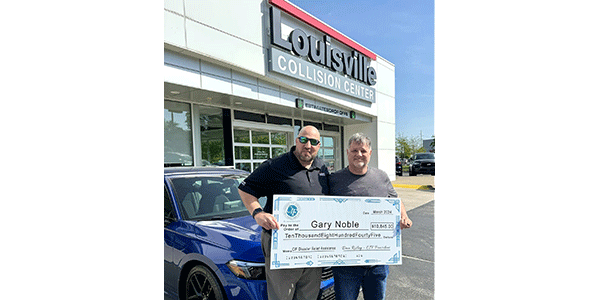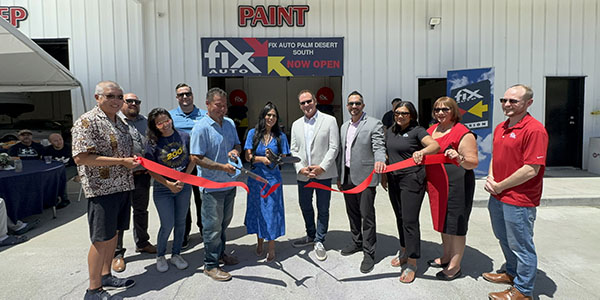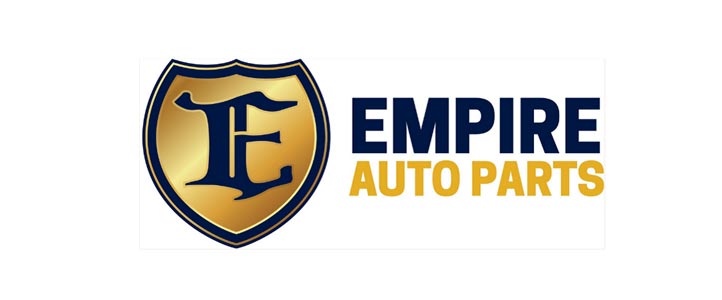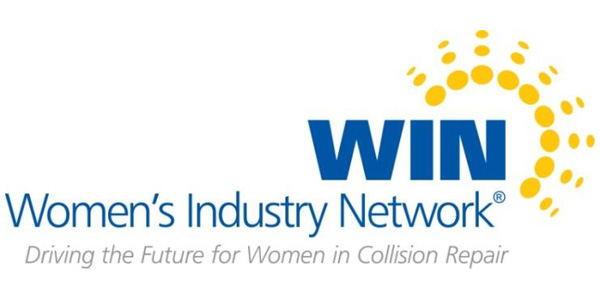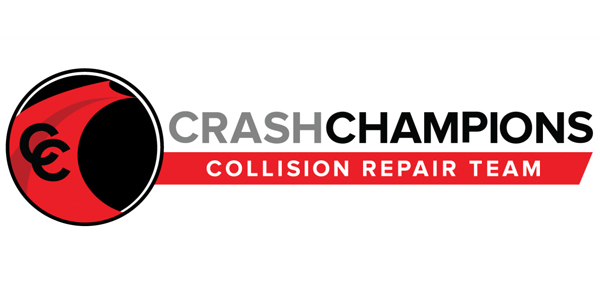A representative of GMG Envirosafe warned attendees of the Collision Industry Conference held April 9-10 that OSHA is cracking down on body shops to ensure workers are protected from isocyanate exposure.
Brandon Thomas, chief operations officer of GMG, a company that offers OSHA, EPA and DOT compliance solutions, said a study done by OSHA’s counterpart in Britain found that painters in a body shop environment have 80 times the risk of occupational asthma from isocyanates than industrial workers. It’s precisely for that reason, Thomas said, that OSHA is targeting the collision industry more aggressively than others.
According to Thomas, OSHA has fined body shops $1.6 million over the last three years. OSHA’s enforcement division has increased inspections 25 percent over the last four years because, Thomas said, they have a bigger budget, and there is an average of 4.33 citations per inspection.
OSHA’s goal, Thomas said, is to eliminate isocyanate exposure altogether in two ways: engineering controls (spraybooth, mixing rooms, ventilation, gun washers, etc.) and administrative controls (personal protection equipment [PPE] training and processes).
What Are Isocyanates?
According to Thomas, isocyanates are highly reactive chemicals found mostly in clearcoats but also in some primers, sealers and basecoats that have been tied to respiratory disease in workers for the last 60 years. They are not currently known to cause cancer in humans, but Thomas said there are “potential links” and are known to cause cancer in animals.
“Isocyanates are powerful irritants to the respiratory tract and mucous membranes and can lead to long-term respiratory disease and chronic bronchitis,” said Thomas. “You will see symptoms such as allergies, rashes, itching, hives, convulsions and shortness of breath – and that’s known as isocyanate sensitization.”
Thomas said anyone who has fixed a car or painted a car previously or been around these chemicals for a long time may have isocyanate sensitization.
“Initially, the body develops an allergic reaction to these chemicals, but with repeated exposure, the threshold gets lower and lower,” he explained. “So before it might have taken a significant amount of exposure for a person to have a physical reaction, but 10 years later that person may not be able to walk into a shop anymore without having a severe bodily reaction.”
Exposure
Isocyanate exposure can occur in two ways: a large dose hitting a person in a short amount of time via spills, spraying continuously without any respirator protection or – most common – low levels of exposure over a period of time. An example of this is a painter not changing out their respirator cartridges frequently enough and therefore breathing in a little dose of isocyanates every day until they change the cartridge.
Gun cleaning also subjects painters to high levels of exposure, too.
“Imagine a painter who has been spraying all day who goes to lunch, takes off his PPE, hangs his respirator in the mixing room or puts it in a bag, and goes to wash his gun with no PPE on,” Thomas said. “He is now handling that liquid paint that has uncured isocyanates.”
One thing that concerns OSHA, Thomas said, is that these chemicals cannot be washed off your skin or clothing.
“If you get something in your eye, you can go to the eye wash station,” said Thomas. “If you get isocyanates on your person, there is no good solution to eliminate this health hazard.”
Misconceptions
One misconception Thomas hears about often from collision personnel is that having a downdraft booth eliminates their exposure to isocyanates.
“When the painter is spraying, they’re looking at the color coming out of the gun and onto the panel in front of them and thinking, ‘OK, the chemicals are mixed in with that paint, so as long as I don’t come out of the booth with paint all over me, the chemicals never actually enter my person,’” said Thomas.
But smoke tests his company conducted revealed that isocyanates do not get sucked up the booth exhaust immediately but actually linger and do not get cleared instantaneously.
Misconception No. 2, said Thomas, is that a half-faced respirator and supplied air and the booth all combine to protect painters from isocyanates because, with that protection, they can’t smell or taste anything. There are two problems with that logic, however, he said.
“If there was any issue, they’re likely not going to smell or taste anything (because isocyanates are odorless and tasteless). Second, those isocyanates circulating in that vortex can be absorbed through the bloodstream, so if it’s a hot day in Texas and you’re wearing jean shorts and a t-shirt and no protection on the top of your head or back of your neck, isocyanates can be absorbed at those points as well.”
Inspections
Thomas explained how the OSHA inspections work. Each area office will pull any business that has an SIC code tied to collision repair that has one or more employee, put them in a spreadsheet, pull them at random and go knock on doors.
There will be an opening conference with the owner where they’ll ask to see their chemical inventory. After that, they’ll look at the hazard assessment that the business owner has conducted and what PPE, processes, training and documentation go along with that assessment.
Thomas said shops should be documenting injuries and occupational illnesses that have occurred over the last 12 months via OSHA 300 logs, keeping it on file for five years and posting it from Feb. 1 to April 30 in a common workplace area so employees can see it.
“If you don’t have one of these, that’s a serious citation,” Thomas said. “If you do have one and [OSHA] thinks there are unreported illnesses, they make look at employee medical records and interview employees themselves.”
Sample questions they might ask include:
• What PPE do you use when working? (Respirators, suits, gloves, eye protection, etc.) Not just when you’re in the booth but when you’re masking, buffing, mixing, cleaning guns, sanding primer, etc.?
• Do any of these symptoms (shown on a grid) occur when you’re working? "A person may say yes, I cough because I smoke, but they will ask, ‘Do these ever get better when you’re on vacation or at home?’" Thomas said.
After the interview and review of paperwork, they will look at the engineering and administrative controls of the shop – booth, mixing room, ventilation, equipment, air movement, PPE, processes, work operations, layout, etc. They’ll take a sample of the air to determine the isocyanate exposure level and how it compares to the threshold. They’ll also do wipe sampling on toolboxes, gloves and even forearms and hands. They will check out lockers, break rooms, bathrooms, offices, etc., because of the fact that isocyanates can’t be washed from clothing.
“An example is a painter who has sprayed all day without adequate protection who leaves the paint department, goes to the break room, opens the fridge, gets his lunch out, grabs the remote, puts on his favorite soap opera and puts his feet up on the table,” said Thomas. “Now we have other employees from other departments exposed.”
According to Thomas, if a shop is inspected, it’s subject to up to two years of follow-up inspections depending on how it performed.
“If the shop performs well, they might just get a hazard alert letter. The scrutiny will stop once the documentation of whatever corrective action has occurred verifies that workers are no longer exposed to isocyanates in the workplace.”
“Serious” citations include if the exposure is higher than the limit, if there are no engineering controls in place, improper personal hygiene and not using or misusing PPE.
The average cost of a serious citation is $5,000, Thomas said. And it’s not per event or per facility but per occurrence. For example, if you’re a large shop with four painters and OSHA sees them all spraying without protection, it’s a fine for each that is cumulative.
“Once they assess the fine, it’s a negotiation, and you may or may not pay that amount, but it’s not, ‘Oh, this one thing happened, here’s your penalty.’ It’s how many times did I see it, and how serious is it? And how many people aren’t following it?”
Some states have programs where shops with a certain number of employees can ask OSHA to come in and do a free audit and consultation. But even this, Thomas says, may not guarantee shops won’t run into trouble.
“There was a shop that participated in this program for 15 years, and every three years, the inspector would do a free audit and consultation and the shop never had any issues, But then that inspector retired and a new one came in and gave the shop a 30-day cease-and-desist order because they didn’t have sprinklers in their mixing room booths. They had to spend $40,000 to correct it so they wouldn’t be shut down. So every shop has to decide whether they want to invite that kind of scrutiny.”
More information:

